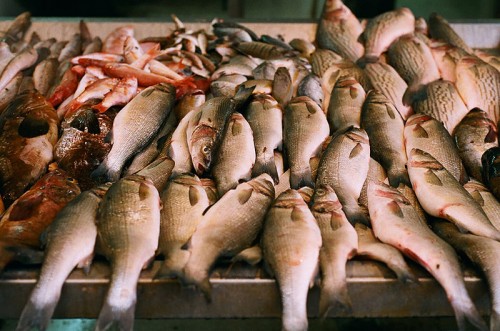Aug 292013
Students explore sustainability of seafood consumption through modeling harvest rates in an Excel file and debating the relative costs and benefits of farmed vs. wild-caught fish. Provided with information on the various direct and indirect human impacts of both fishing and fish farming and assigned a position, teams of students will construct argument for their position and use data to support their conclusions.
At the conclusion of the lesson, students will be able to:
- Understand that there are costs and benefits of human impacts and to provide examples of each.
- Understand and be able to describe the magnitude of human disturbances.
- Define environmental sustainability and make an argument for whether it should be an important consideration in our behavior.
Resources:
- Lesson plan (.doc)
- Human impact in aquatic systems presentation (.pdf)
- Student worksheet (.doc)
- Exercise (.xls)
- Debate positions (.pdf)
- Debate ammunition (.pdf)
- Evaluation (.doc)
Lesson created by GK-12 fellows Emily Grman and Nikhil Jaikumar, 2009

